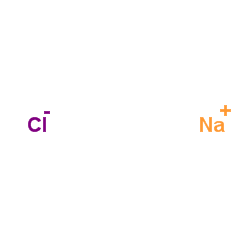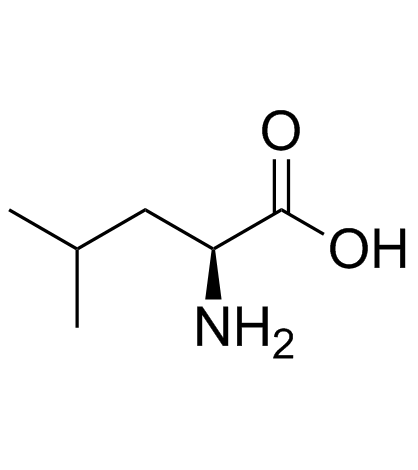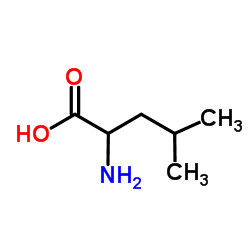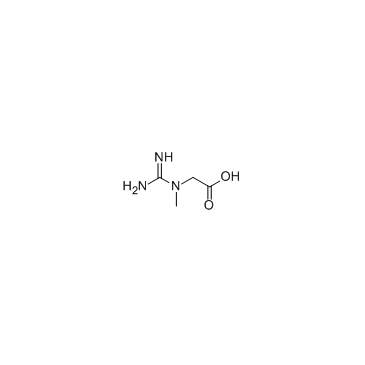| Structure | Name/CAS No. | Articles |
|---|---|---|
 |
sodium chloride
CAS:7647-14-5 |
|
 |
sodium dodecyl sulfate
CAS:151-21-3 |
|
 |
L-leucine
CAS:61-90-5 |
|
 |
SODIUM CHLORIDE-35 CL
CAS:20510-55-8 |
|
 |
DL-Phenylalanine
CAS:150-30-1 |
|
 |
Octreotide acetate
CAS:83150-76-9 |
|
 |
2-Amino-4-methylpentanoic acid
CAS:328-39-2 |
|
 |
Creatine
CAS:57-00-1 |